How to work for peace with/as faith actors: Four key points
Dr Jennifer Philippa Eggert
Joint Learning Initiative on Faith & Local Communities
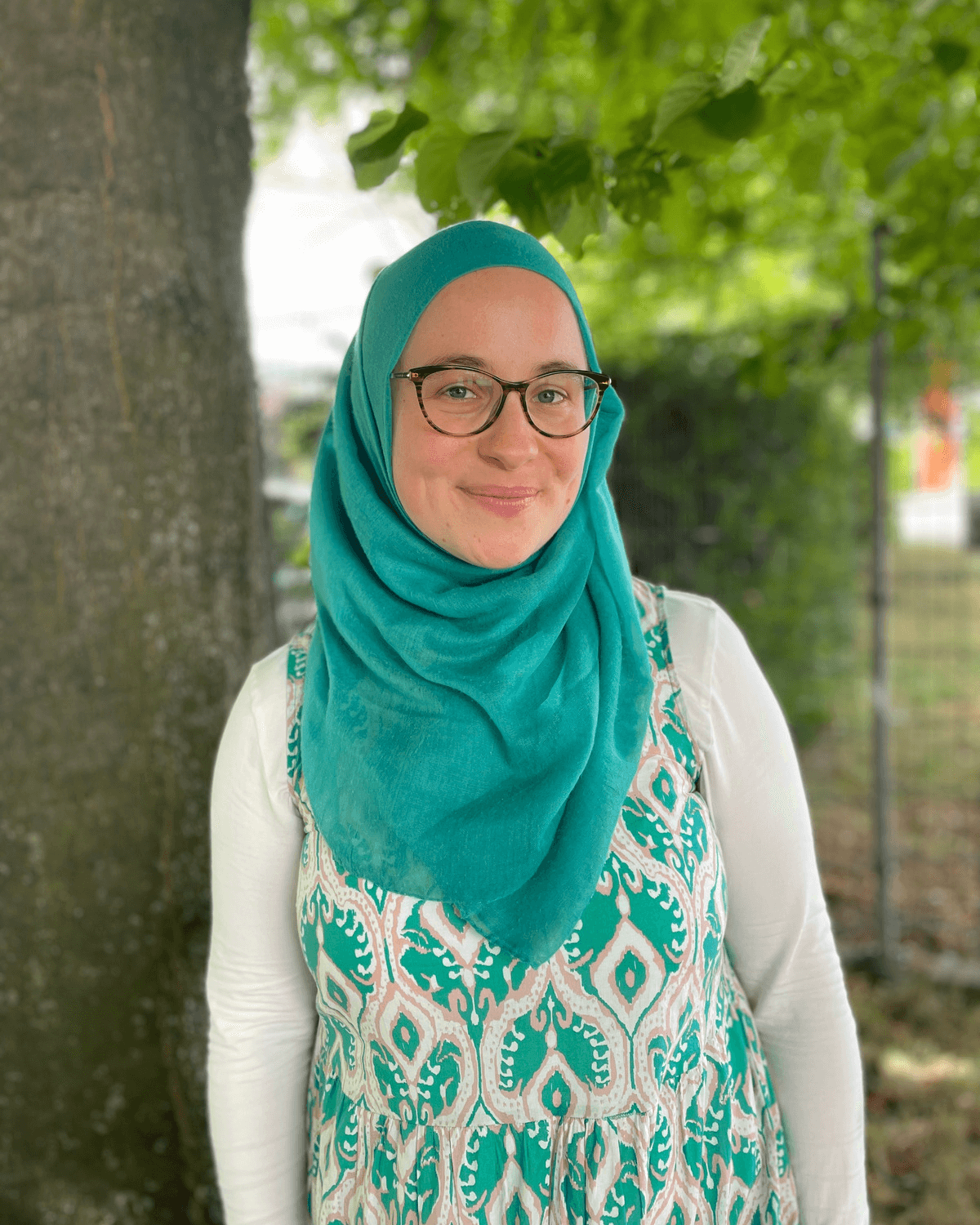
Professor Emma Tomalin
Leeds University
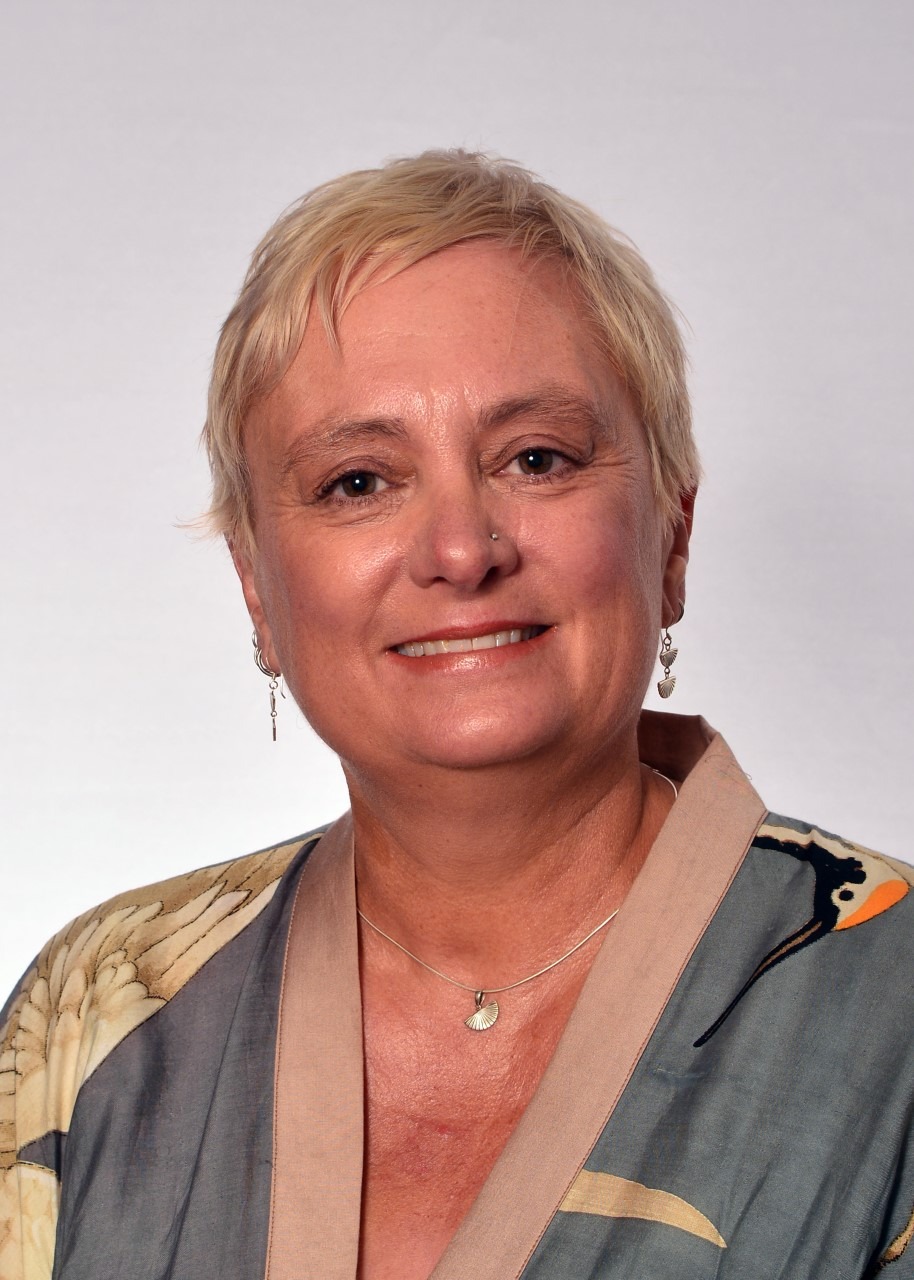
This blog post is part of a series by the Hidden Peacebuilders Network, a global collaboration of researchers, practitioners and faith actors from around the world, who jointly produce and disseminate research on local faith actors and peacebuilding.
While faith is still a taboo for many working in the area of peacebuilding and conflict transformation, there is increasing acknowledgement of the role faith and faith actors can play in working towards peace. On 20 May 2024, the Adventist Development and Relief Agency (ADRA) organised an event on the intersection of faith and peacebuilding, which was hosted by Member of Parliament (MP) Dean Russell in Westminster and attended by MPs, civil servants, church leaders, and peacebuilding and development practitioners.
ADRA, who are a member organisation of the JLI, invited us to give a short speech summarising some of the key points emerging from the evidence on the contributions of faith actors to peacebuilding. We spoke about our work with the Hidden Peacebuilders Network, several other JLI initiatives in this area, such as the JLI Conflict Transformation and Faith Hub, or the PVE, Youth and Faith project, as well as our longstanding work as researchers and practitioners in this area. This blog post offers a brief overview of what the evidence tells us about peacebuilding and faith engagement.
1) Acknowledging the ambivalence of faith
Religion in itself is not a source of violent conflict despite what we sometimes hear from the media or politicians. Neither, however, is it essentially a source of peace. It is in fact ‘ambivalent’ and can support both peace and violence depending on various contextual factors including the sociopolitical environment and leadership. For instance, there is a clear link between poverty and conflict: people who do not have their basic needs met or who have an absence of hope and aspiration are often drawn into violence over resources or they can be manipulated by leaders, including those who are religious, to engage in violent conflict. There is a need to move beyond the labelling of some types of religion as ‘good’ and other types as ‘bad’ since these labels are subjective and only make sense within specific contexts.
2) Including diverse faith actors
When working with faith actors on peacebuilding, it is important to include a wide range of different faith actors. The initial impulse for organisations working with faith actors may often be to invite high-level leaders, such as bishops or ulema, but faith actors contribute to peacebuilding on many levels, so it is important to hear not just from those at the top. Local faith leaders in particular are often sidelined and excluded. For many of us, it may be necessary to reconsider whom we consider to be a “leader” in the first place. Often, informal leaders (without an official title but with considerable influence and reach in the community nonetheless) are just as important to include as are very high-level members of organised religious entities. Depending on context, this may include women, youth, or members of racialised, or otherwise marginalised and oppressed, groups, such as Indigenous Peoples.
3) Peacebuilding and faith engagement as ongoing processes
Efforts to support faith-based peacebuilding need to be ongoing in at least two senses. First, there is a need to take account of all elements of the cycle of conflict from prevention and early warning to active conflict mediation, post conflict reconciliation and longer-term development. For instance, local faith actors often play a key role in resolving day-to-day community conflict, both interpersonal and intergroup. This is an important part of longer-term conflict prevention, where the involvement of faith actors contributes to building community cohesion and resilience. Local faith actors in the Philippines, Sri Lanka and Burundi, who are part of the Hidden Peacebuilders Network, have participated in Do No Harm For Faith Groups workshops, led by World Vision International, and are now implementing the Do No Harm principles in their communities. Second, efforts to support faith-based peacebuilding also need to be ongoing in the sense that scholars and practitioners should develop sustained engagement with them to share capacity over the long-term rather than one off or short term interactions for the duration of a research project or a humanitarian intervention.
4) Faith engagement not just in the case of “religious” conflicts
People often compartmentalise faith and secular approaches. One expression of this is the tendency to include faith actors in peacebuilding addressing “religious” conflicts as opposed to situations where faith is not seen to be at the heart of the conflict. This is misleading for two main reasons. First of all, readings of some conflicts as being “religious”, and others not, is often based on a superficial analysis of the tensions leading to violence and strife. Most conflicts are multicausal, and pinpointing one factor, such as religion, as the cause is often a simplistic approach to a situation in which, mostly likely, other factors such as poverty, discrimination, oppression and political manipulation play a key role in fuelling conflict and driving violence. Second, inclusion of faith in “religious” conflicts only is based on the assumption that faith-based approaches are biassed and secular approaches “neutral”. This is misleading, as no one approach is neutral. All approaches are based on a given worldview, a way of making sense of ourselves and those around us, and secularism is no exception to this. What approaches to adopt, and which type of community leaders to involve, should therefore always be decided based on context – not simply on their faith or lack thereof.
Working for just and sustainable peace is rarely an easy feat, and it often gets particularly complicated when faith is involved. Our communities deserve to live peaceful lives though, so although working together for justice and peace, as faith actors and/or secular actors, may not always be easy, it is always worth it.

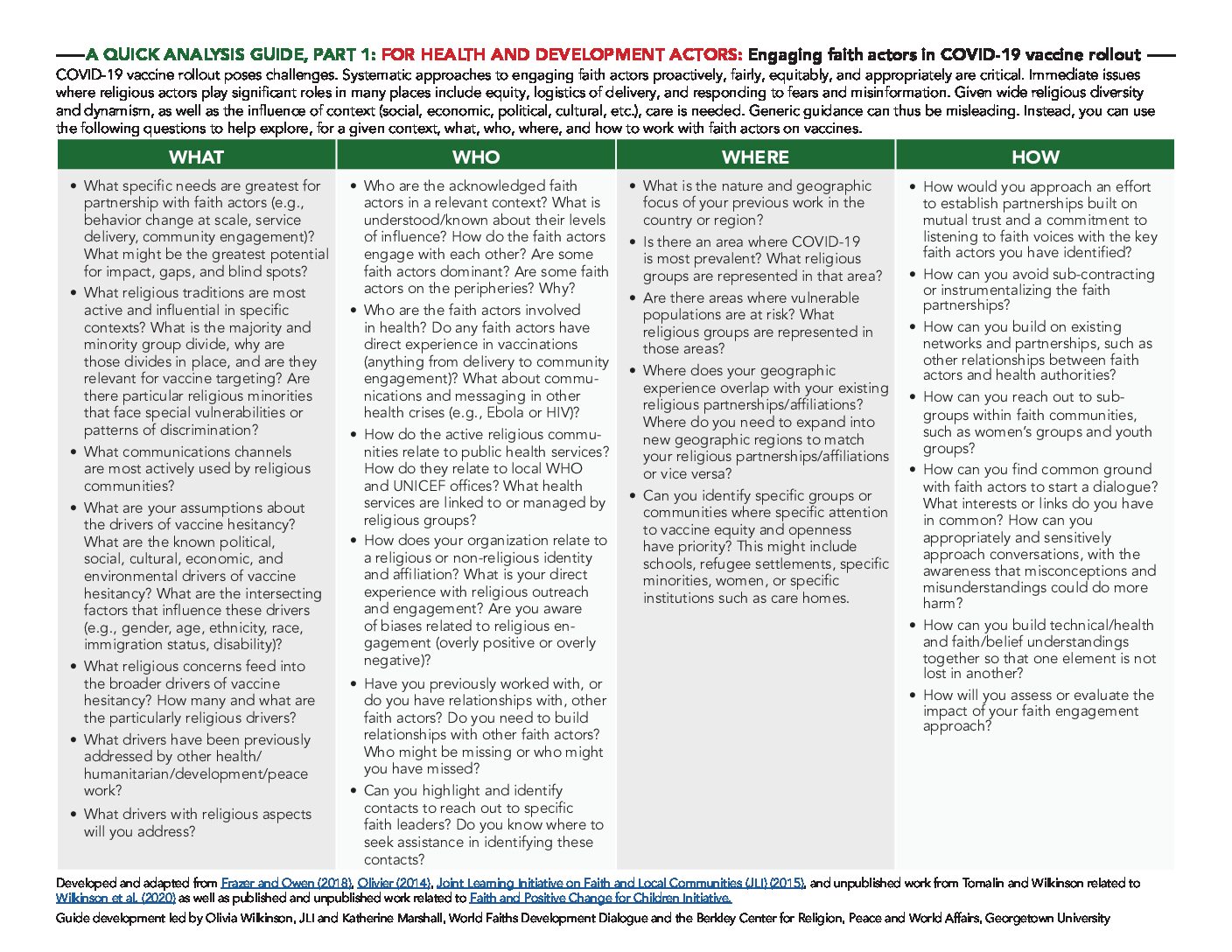
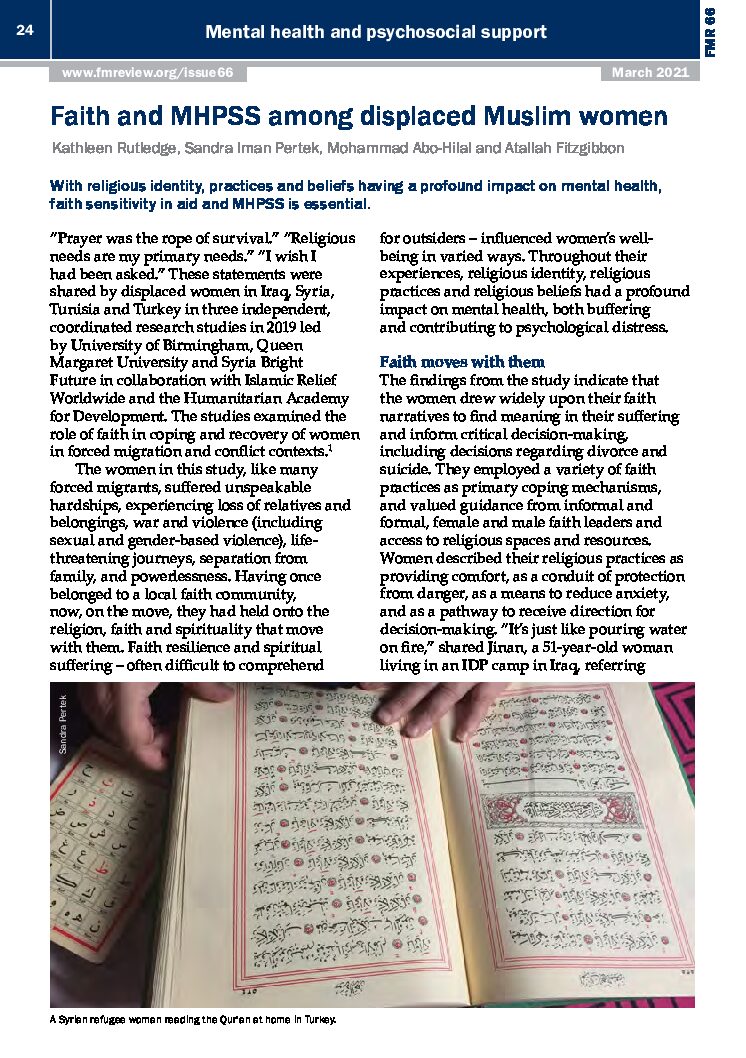
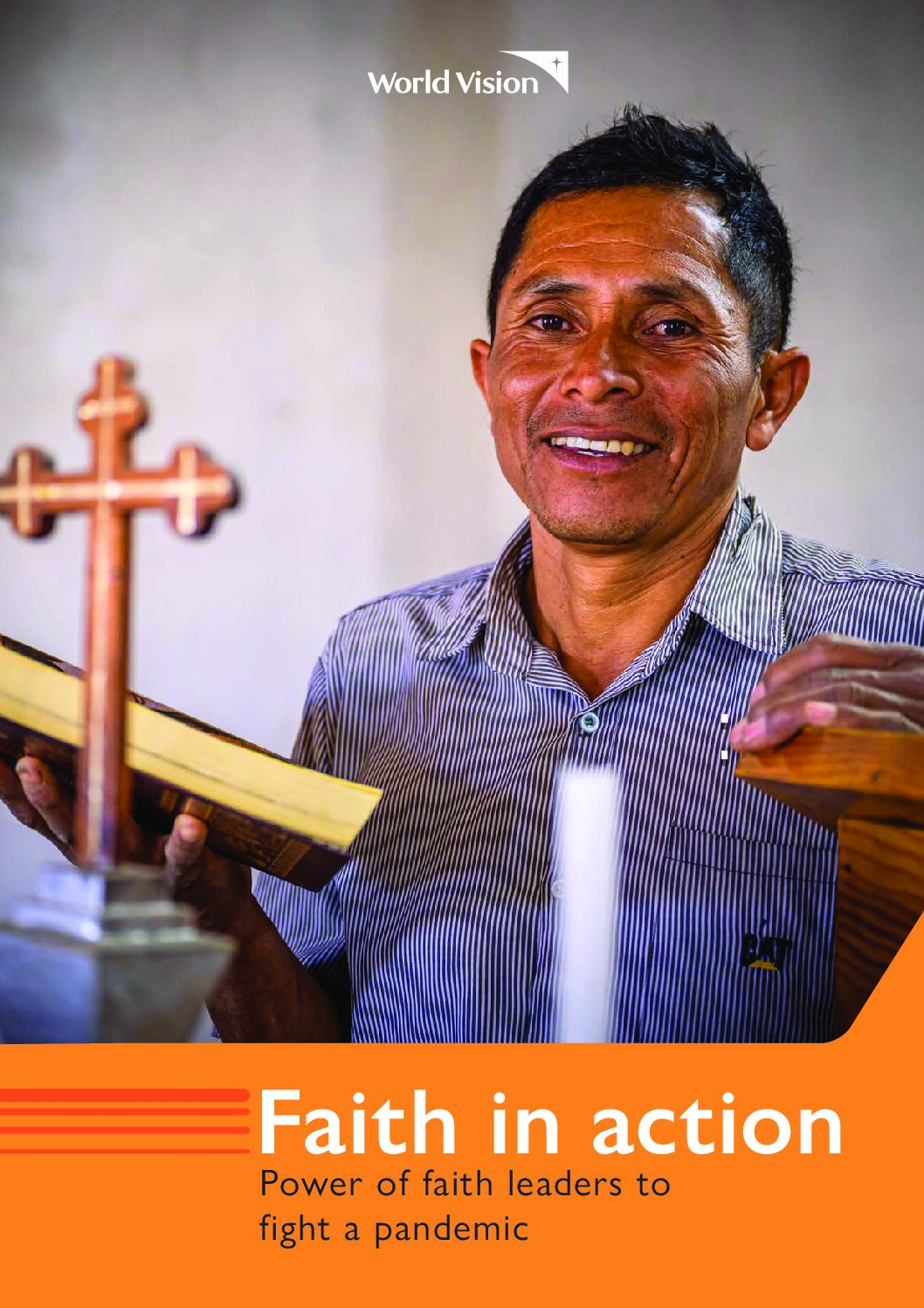
0 Comments